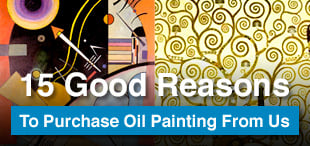Anton Raphael Mengs Oil Painting Reproductions
Anton Raphael Mengs replica paintings on Canvas for sale
Enjoy famous painting reproductions by Anton Raphael Mengs. Every oil painting on canvas is available in many size options. We specialize in oversized wall art. Buy fine art reproductions which are 100% hand painted by one of our resident professional artists. We have been creating replica paintings online for 23 years. Wherever you are GLOBAL SHIPPING IS FREE.
Cannot Find What You Are Looking For?
Reproduction Gallery Information
Customer Service
(Send Us A Message)
+1 888 858 8236 (Toll Free)
Tel: (503) 937 2010
Fax: (503) 937 2011
Follow us on Pinterest











